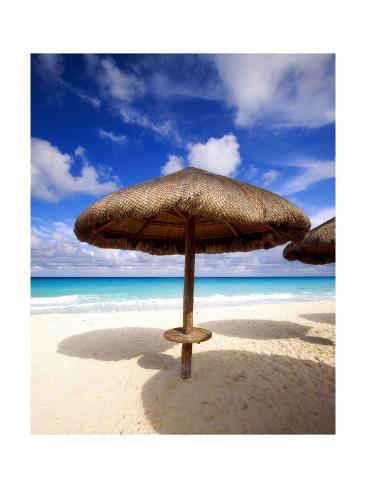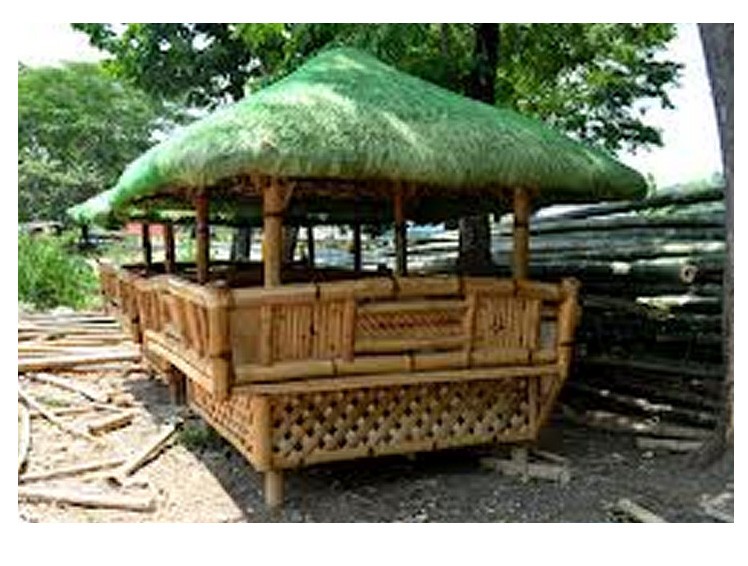The Mexican palapa is an umbrella made from the coconut/nipa palm tree, and it was inspired by the nipa hut from the Philippines.
Nipa huts of the Philippines:
According to anecdotal sources examined by the PHGLA members, what has become the Barong Filipino was first brought to the Philippines in the late 16th century. Filipino seamen, who served on the Spanish galleons used in the Manila-Acapulco trade, brought back the Mexican outfit called the Guayabera. The Guayabera is still used today by many Latino Americans, Mexicans and even Puerto Ricans.
An overwhelming number of the Spanish officials assigned to the Philippines came from Mexico. Many of them also wore the Guayabera, especially during the hot summer months in Mexico. It would only be logical to conclude that many of these Spanish officials wore the Guayabera. This was especially true of the Creoles (the Mexican mestizos or Spaniards born in Mexico) who were sent to the Philippines. Many of them wore this Mexican outfit at their homes in the hot summer-like environment in the Philippines.
Comparison Between the Guayabera and the Barong The Filipinos made several changes in the Mexican Guayabera, which is not also tucked in. Firstly the Filipinos removed the pockets as found in the Guayabera and then made the front cut (opening) only halfway. The pockets were removed in the Philippines as a logical conclusion: The Guayabera-like outfit was not sturdy enough - especially when Filipino native fibers were used as materials - for it to have pockets. Because pockets are meant to carry items, like those found in the Western coat (called now the "Americana" in the Philippines) that was mainly made of wool. (Even today in the 21st century, Filipino travelers seldom go abroad wearing Barong; many of them use business suits, without neckties.)
Then the Filipinos made use of native fibers, because they were not growing a lot of cotton, as the Mexicans were doing. And silk was too expensive (and still expensive even now in the 21st century). Then of course some added designs, which were normally embroidered, and which made the Barong a lot more attractive and colorful than the original Guayabera.






